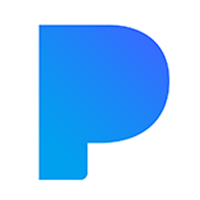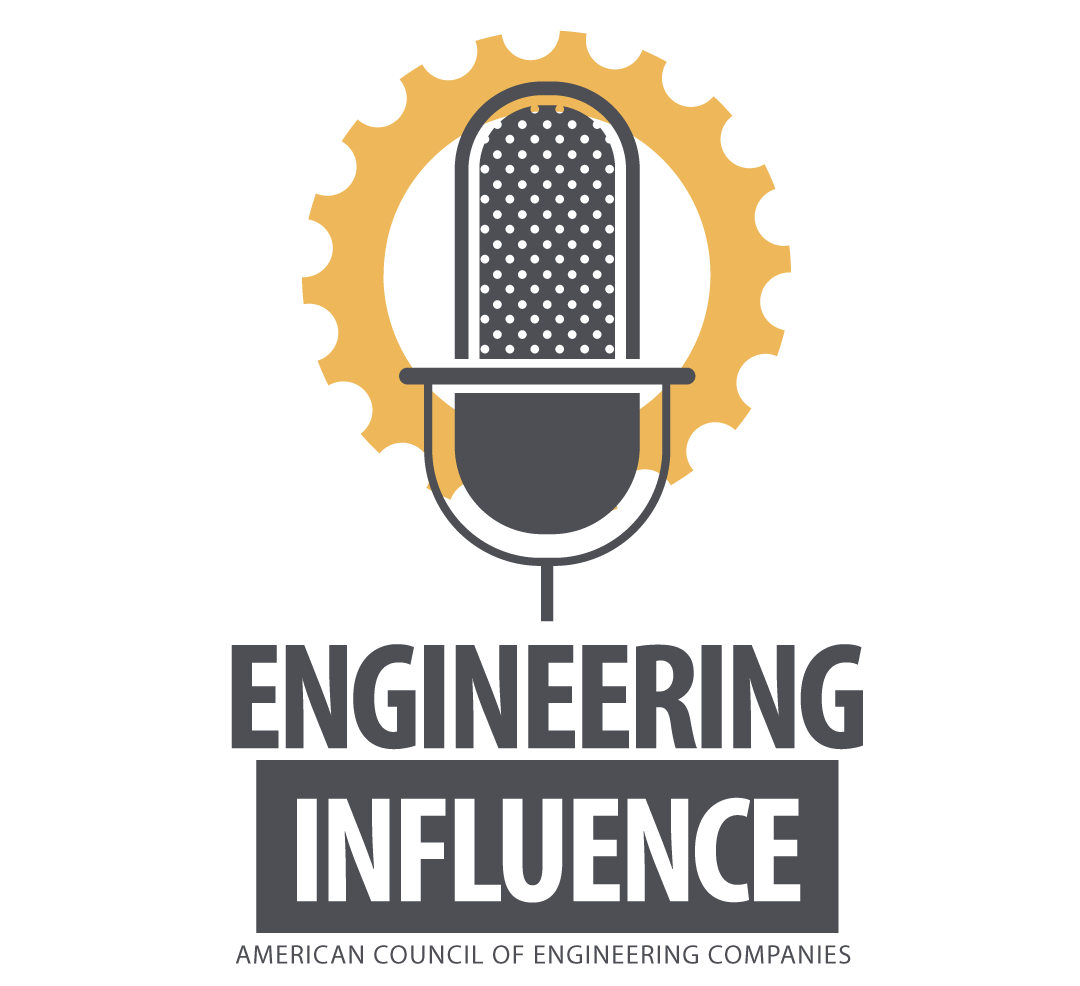
The Voice of the Business of Engineering
Engineering Influence is the official award-winning podcast of the American Council of Engineering Companies (ACEC).
ACEC is the trade association representing America's engineering firms; the businesses that design our built environment. Subscribe to the podcast for a variety of content ranging from interviews with newsmakers and elected officials to in-depth conversations on business trends, the economy, technology and what's next for the engineering and design services industry.
Visit us online at www.acec.org
Follow us on Twitter at @ACEC_National
ACEC reserves the right to moderate episodes on its channel and make editorial decisions on the inclusion or deletion of comments posted by listeners. Direct any questions to comms@acec.org.
Episodes
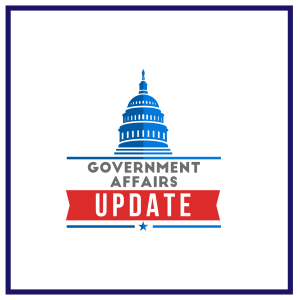
Friday Jun 25, 2021
Government AffairsUpdate for June 25, 2021
Friday Jun 25, 2021
Friday Jun 25, 2021
On this week's Government Affairs Update, Steve Hall re-caps the week's events focusing on the bipartisan Senate agreement on infrastructure.
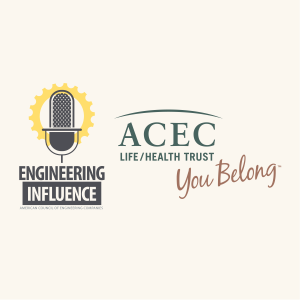
Wednesday Jun 23, 2021
Stop Elevating the Standard of Care in Your Contracts
Wednesday Jun 23, 2021
Wednesday Jun 23, 2021
Standard of Care can be a huge contractual issue for engineering firms because if they elevate their Standard of Care in a contract, they can open themselves up to significant uninsured liability.
Daniel Buelow, managing director of Willis A&E's Architects & Engineers Division, joined the program to talk about how firms can best manage Standard of Care in their contracts.
Here is the wording recommended by Willis to ensure an insurable Standard of Care:
“In providing services under this agreement, the consultant will endeavor to perform in a manner consistent with the degree of care and skill ordinarily exercised by members of the same profession currently practicing under similar circumstances.”
Buelow cautions, however, that there are many other instances in contracts where engineers can inadvertently elevate their Standard of Care.
Buelow was a co-presenter in an ACEC online class on Standard of Care in April. Click here for more information.

Friday Jun 18, 2021
Government Affairs Update for June 18, 2021
Friday Jun 18, 2021
Friday Jun 18, 2021
On this episode of the Government Affairs Update, Steve Hall covers the current state of negotiations on infrastructure and we discuss how EEA can be an effective advocacy tool.

Thursday Jun 17, 2021
The Private Markets Update with Erin McLaughlin
Thursday Jun 17, 2021
Thursday Jun 17, 2021
On today's Private Markets Update, Erin McLaughlin joins the program to discuss the state of the economy and outline emerging trends including the impressive growth in residential construction and the ongoing reduction in public spending in the AEC space.
Subscribe to ACEC's Private Industry Briefs here: https://www.acec.org/publications/acec-private-industry-briefs/

Friday Jun 11, 2021
Government Affairs Update for June 11, 2021
Friday Jun 11, 2021
Friday Jun 11, 2021
Steve Hall and Matt Reiffer joined the podcast to discuss the week's happenings in Washington, including the T&I Committee's approval of the Invest in America Act and ACEC's new effort on the PPP FAR credits clause - www.acec.org/ppp
Also coming up next week:
The ACEC Research Institute will hold its first-ever prize drawing to support its research mission at noon on June 15th. Eight unique prizes are up for grabs from bottles of Pappy Van Winkle to golf and fishing excursions. Don't miss your chance to support the Institute. Raffle tickets are still available. Learn more: https://www.acecresearchinstitute.org/get-involved/raffle-tickets/
ACEC will hold its annual Engineering Excellence Awards on June 17th as a virtual broadcast. Space is still available to attend this signature celebration of engineering design: https://bit.ly/3y3F6Fp
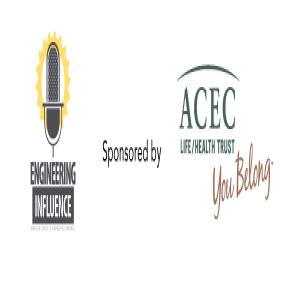
Tuesday Jun 08, 2021
Strategic Planning In Uncertain Times
Tuesday Jun 08, 2021
Tuesday Jun 08, 2021
A frequent refrain across all businesses right now is that strategic planning is a challenge because of all the uncertainty in the market, and business owners are waiting until the economy normalizes before they start looking too deeply into the future.
Our guest on the podcast today says that is a strategic mistake.
John Geddie is president of Geddie & Associates, a management consulting and training firm serving clients nationwide with leadership development and project management training, strategic planning, succession planning, and market research services.
John recently presented an ACEC online class How Do You Create Strategies in a World Like This? Click here to download the On-Demand class.

Thursday Jun 03, 2021
Thursday Jun 03, 2021
Megan Miller, Product Marketing Director at Deltek, came on the program to discuss the 42nd Annual Deltek Clarity Architecture and Engineering Industry Study, which was just released last week.
It’s a voluminous report—107 pages long—delving into every aspect of how design firms got through the difficult past year and what they are looking forward to in the coming year. Deltek surveyed 480 firms of all sizes spread all across the country as well as a handful in Canada.
You will find a wealth of financial information and statistics in the study against which you can benchmark.
Click here to download the free study.

Wednesday Jun 02, 2021
Dodge Data Chief Economist Richard Branch Shares His Latest Market Forecast
Wednesday Jun 02, 2021
Wednesday Jun 02, 2021
Richard Branch, chief economist for Dodge Data & Analytics, joins the program to share his updated economic forecast. We delve into the areas of his forecast of particular interest to engineering firms
Over the past two weeks, Branch and the Dodge team have presented their national forecast along with a regional forecast. Click on the links below to watch the complete presentations.
South: https://success.construction.com/SouthMYO
Midwest: https://success.construction.com/MidwestMYO
Northeast: https://success.construction.com/WestMYO
West: https://success.construction.com/NortheastMYO



